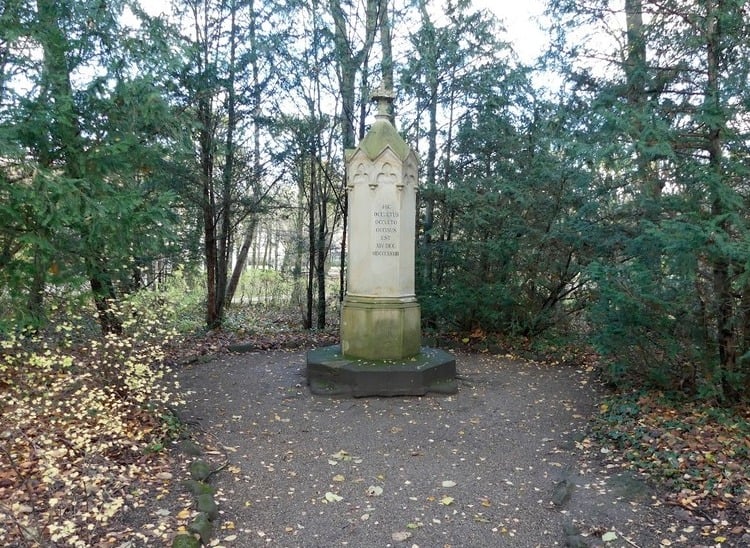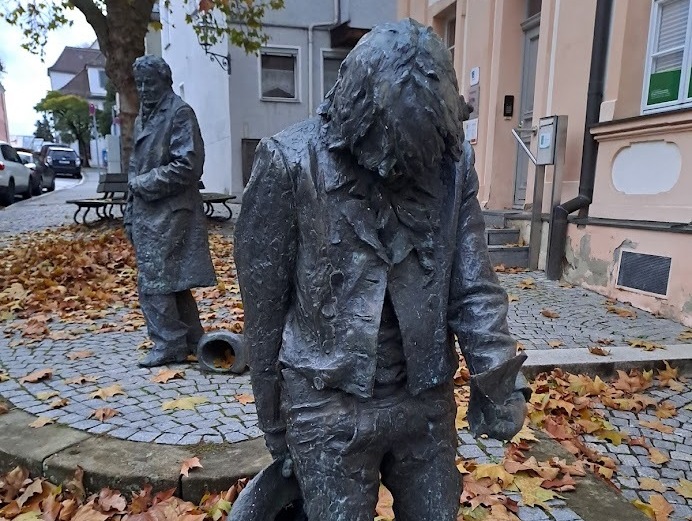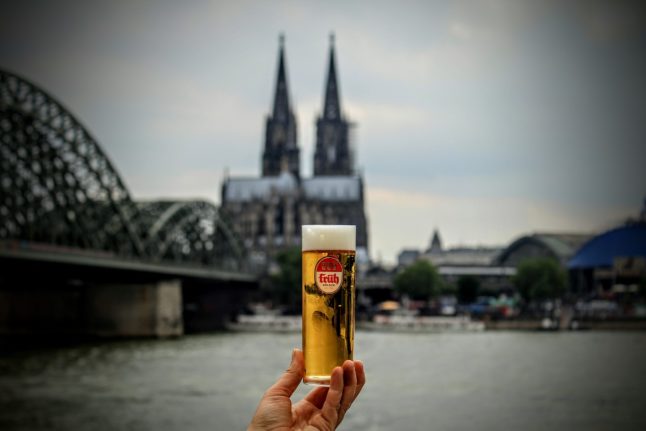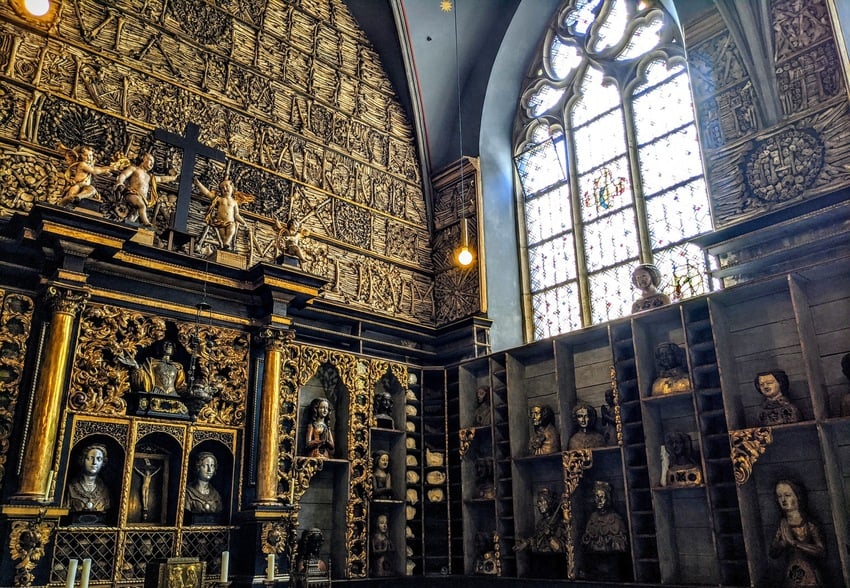This week marks 190 years since Kaspar Hauser was stabbed in the Hofgarten of the Ansbach residence on December 14th, 1833. He died three days later, cementing his status as German history’s greatest mystery.
To understand why his death was so baffling, you need to know just how bizarre his life leading to that point had been.
(Young) Man of Mystery
The individual who history knows as Hauser was found wandering the streets of Nuremberg, in what is now Bavaria, on May 26th, 1828.
When questioned, the youth had trouble making himself understood, but a note that he was carrying stared that he was 16 years old, was supposedly the son of a cavalryman, and he had been raised in complete isolation from the outside world.
Subsequent investigations revealed a basic capacity for speech, some literacy, but obvious signs of neglect. When placed with the gaoler of Nuremberg he began to flourish – but still could give no real account of who he was.
All he could tell anyone was that he’d been raised in a stone room, was regularly drugged to have his nails and hair cut, and thet he’d never seen his captor’s face.
Hauser would pass through the care of a number of individuals through out the remaining for years of life, including becoming a ward of the British Lord Stanhope, who spent a considerable amount of money trying to ascertain his identify. It was Stanhope who would see him being taken to Ansbach in today’s Bavaria.

A lost prince?
Who exactly Kaspar Hauser was, was the subject of widespread speculation during his own lifetime. In fact, it was a sensation.
Many theories were postulated, but perhaps the one that had the most traction, was that Hauser was, in fact, the hereditary prince of Baden, in southwest Germany.
Supposedly, Hauser had been switched with a dying infant to alter the ducal line of succession, as part of internal family machinations.
Even more dramatically, the supposed culprit, Louise Caroline von Hochberg, had dressed as the ‘White Lady’, a foreboding family ghost, to kidnap and switch the infant.
The theory was based on several factors – familial resemblance, Kaspar’s age aligning with the death of Baden’s heir, and a lot of court gossip.
There have been arguments for and against the theory, with piles of evidence amassing over almost two centuries. These have come in the form of books, genealogical studies, and theoretical criminal investigations.
The one thing that would settle the debate once and for all – a DNA test of Hauser’s supposed mother, Stéphanie de Beauharnais – is completely out of the question. The House of Baden continues to refuse the release of her remains from the Schlosskirche in Pforzheim.
A troubled life, a sad end
In the last three years of Kaspar Hauser’s life, there were a number of strange incidents that pointed to a troubled mind. There were incidents of self-injury with a knife and a pistol, and a number of supposed attacks.
Hauser could often be flexible with the truth, coming up with some rather elaborate lies, so we’ll never know the truth of these events.
What we do know is that he stumbled to his lodgings on December 14th, claiming to his carer, schoolmaster Johann Georg Meyer, that he’d been stabbed in the left breast. A policeman searching his belongings found a note reading the following:
“Hauser will be able to tell you quite precisely how I look and from where I am. To save Hauser the effort, I want to tell you myself from where I come _ _ . I come from from _ _ _ the Bavarian border _ _ On the river _ _ _ _ _ I will even tell you the name: M. L. Ö.”
The identity of the note’s author, of course, remains a mystery.
Hauser lingered for three days, speaking incoherently, before on December 17th. He was buried in the city’s cemetery.

On the trail of Kaspar Hauser
Those who wish to learn more about the mystery of Kaspar Hauser will find plenty of traces in Ansbach.
The supposed site of his fatal stabbing in the Hofgarten (Promenade 1) is marked with an obelisk that reads ‘Hic occultus occulto occisus’ – ‘Here the mysterious one was killed in a mysterious manner’.
Around ten minutes walk away, the city’s museum’s (Kaspar-Hauser-Platz 1) entire ground floor is devoted to the mystery, with his belongings and artefacts relating to his life on display.
However, perhaps the most poignant trace of Hauser is the memorial in the city’s old town. The sculpture (Platenstraße 18) depicts Hauser walking the streets of Nuremberg, lost and folorn, before being questioned.






 Please whitelist us to continue reading.
Please whitelist us to continue reading.
Please check your spelling and grammar before publishing an article, Thank you.